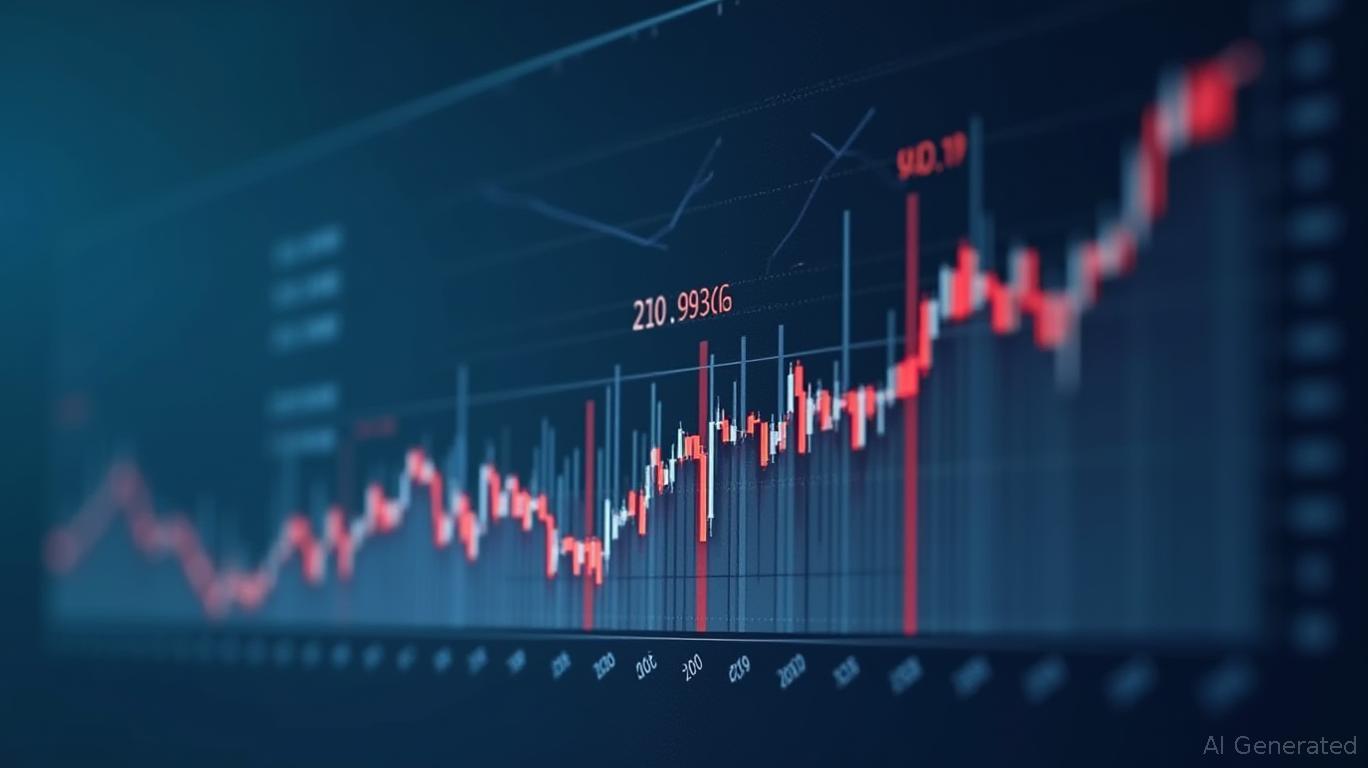Aurora Innovation: Navigating the Storm of Loss Amid Autonomous Trucking Breakthroughs
The first quarter of 2025 marked a pivotal moment for Aurora Innovation (NASDAQ: AUR), as the company achieved a milestone in autonomous trucking: fully driverless commercial freight operations on public roads. Yet this breakthrough came at a cost. Aurora reported a net loss of $0.12 per share, widening from prior periods, while revenue totaled a modest $0.25 million. The financials underscore a stark reality: Aurora remains in the early, capital-intensive phase of its journey. However, the operational progress—hauled freight, partnerships, and technology validation—suggests the company is positioning itself for a future where autonomous logistics redefine the freight industry. The question for investors is whether the path to profitability will outweigh the risks of continued losses.
The Financial Crossroads
Aurora’s financials paint a picture of a company prioritizing growth over short-term profits. In Q1 2025, operating expenses hit $211 million, with $182 million allocated to R&D—a clear signal of its commitment to refining the Aurora Driver system. The net loss per share of -$0.12 compares unfavorably to the prior-year’s -$0.09, but this metric is less relevant than the trajectory of cash burn and revenue.
The full-year 2025 revenue forecast of $5.01 million represents a sharp decline from earlier estimates, reflecting cautious investor sentiment. Meanwhile, cash reserves remain robust at $1.159 billion, sufficient to fund operations into late 2025. Yet Aurora’s cash burn rate of $142 million quarterly (unchanged from 2024’s $611 million annual burn) highlights the urgency to scale revenue meaningfully before seeking additional capital.
Operational Triumphs: From Vision to Reality
Aurora’s achievements in Q1 2025 are undeniable. The company now operates 100% driverless trucks on the Dallas-to-Houston route, completing 11,000 commercial loads over 3 million miles. The Autonomy Readiness Measure (ARM) hit 100%, and the Autonomy Performance Indicator (API) reached 95%, exceeding pre-launch targets. This performance has earned partnerships with industry leaders like Uber Freight and Hirschbach, whose CEO called the collaboration a “historic step” toward smarter supply chains.
Aurora’s 2025 roadmap is equally ambitious: expanding night driving by Q3, tackling adverse weather by year-end, and launching a 1,000-mile autonomous route to Phoenix by Q4. These milestones aim to demonstrate the system’s reliability in varied conditions, a critical step toward broad adoption.
The Risks and Market’s Skepticism
Despite these advances, risks loom large. The $1.159 billion cash pile, while ample for now, may dwindle if revenue growth falters. Analysts caution that GuruFocus’s GF Value model suggests a potential -100% downside, underscoring concerns about execution and market acceptance. Regulatory hurdles, particularly around safety standards and liability, could delay commercial scaling.
The market’s reaction has been mixed. Aurora’s stock rose 6% on Q1 results, closing at $7.31, but the 52-week range of $2.10 to $10.77 reflects volatility. Analysts’ average 12-month price target of $10.25 implies optimism about long-term potential but acknowledges near-term uncertainty.
A Balance of Hope and Caution
Aurora’s Q1 results highlight a company at an inflection point. On one hand, its technology validation and strategic partnerships position it as a leader in autonomous trucking—a $800 billion global freight market. The $10.25 analyst price target and operational milestones suggest confidence in Aurora’s ability to capture value.
Yet the financials are stark. Even with $1.159 billion in cash, the path to profitability requires rapid revenue acceleration. Aurora’s 2026 revenue estimate of $45.3 million—a 700% jump from 2025—depends on seamless scaling of its routes and partnerships. If Aurora can demonstrate consistent cost savings for freight partners—such as reducing driver expenses or optimizing routes—investor skepticism may fade.
Conclusion: A High-Risk, High-Reward Proposition
Aurora Innovation’s Q1 results underscore a classic innovation dilemma: investing heavily today for potential dominance tomorrow. The company has made significant strides in proving its autonomous technology’s reliability, but profitability remains distant.
The key metrics to watch are:
- Revenue growth: Aurora must exceed its $5.01 million 2025 target and hit $45.3 million in 2026, driven by expanded routes and new partnerships.
- Cash efficiency: Reducing the $142 million quarterly cash burn or securing additional funding will be critical as operations scale.
- Technology validation: Maintaining the 95% API rate and achieving 100% performance in adverse conditions will solidify trust with customers.
For investors, Aurora is a high-risk, high-reward bet. The company’s technology is undeniably advanced, and its first-mover status in driverless freight is unmatched. However, the road to profitability is littered with execution risks, regulatory unknowns, and the need for rapid revenue growth. While the $10.25 price target suggests upside, Aurora’s journey will hinge on turning operational milestones into sustainable cash flows—a challenge few companies in this space have yet conquered.
In the end, Aurora’s Q1 results are both a triumph and a warning: the future of autonomous trucking is here, but it will demand patience—and capital—to realize its promise.










